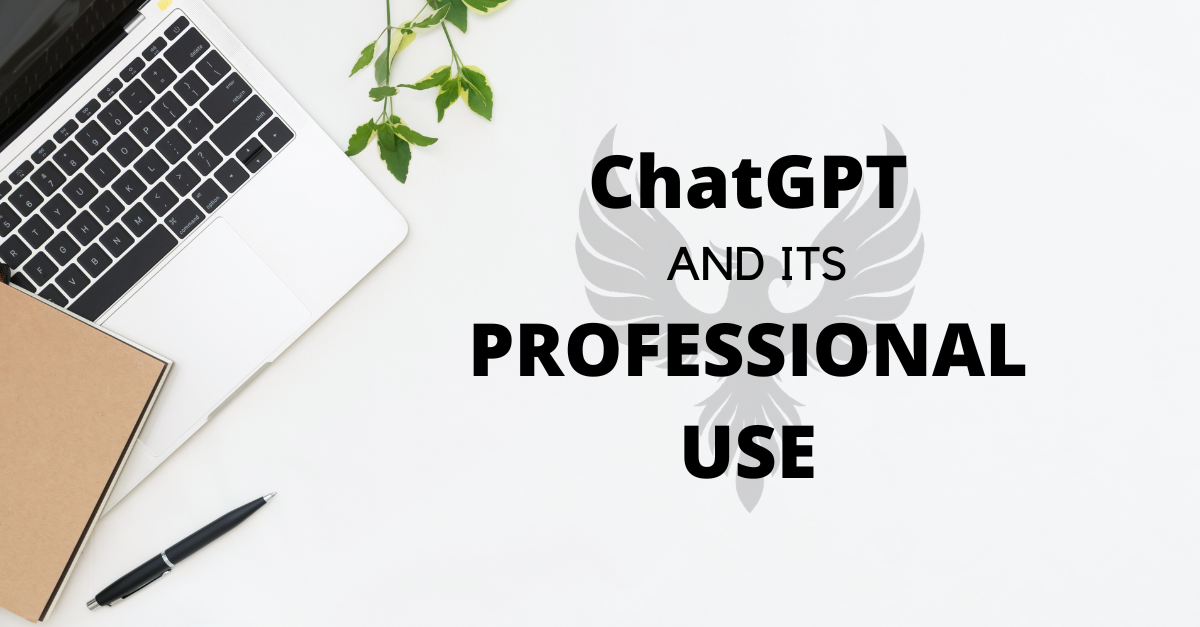As an artificial intelligence platform, ChatGPT can be used for a wide range of applications, both personal and professional. In this blog post, we’ll take a closer look at ChatGPT and its professional uses.
ChatGPT is a language model that uses deep learning algorithms to analyze and interpret text data. It has been trained on vast amounts of text from various sources, including books, websites, and social media platforms. The result is a highly advanced natural language processing system that can understand and respond to text inputs in a way that is remarkably similar to human communication.
Talking about the primary professional use of ChatGPT is in customer service. Many companies are now using ChatGPT as a virtual assistant to handle customer inquiries and support requests. The benefits of using ChatGPT in this context are clear: it can provide instant responses to customers, even outside of business hours, and can handle a wide range of inquiries with ease.
ChatGPT can also be used to automate certain tasks in the workplace. For example, it can be used to analyze and categorize incoming emails, saving employees time and effort. Similarly, it can be used to generate reports or compile data from various sources, streamlining the data analysis process.
Another potential use for ChatGPT in the workplace is in the field of content creation. ChatGPT can be used to generate written content such as articles, blog posts, and social media updates. While there is some concern about the quality of content generated by AI, ChatGPT has been shown to be highly effective at producing coherent, grammatically correct text.

The development of chatbots is one area where ChatGPT is very helpful, in our opinion. Computer programs known as chatbots mimic conversations with real humans. As they can instantly respond to users and can be configured to address a variety of inquiries, they are becoming more and more used in customer service and marketing.
ChatGPT can be used to train chatbots to understand natural language inputs and respond in a way that is both helpful and engaging. By using ChatGPT, companies can create chatbots that are more effective at engaging with users and can provide a more personalized experience.
In addition to these professional uses, ChatGPT is also being used in research and development. For example, it can be used to analyze large datasets of text and identify patterns or trends that would be difficult for humans to detect. Similarly, it can be used to generate new insights or hypotheses based on existing data.
ChatGPT is also being used in the field of education. It can be used to create educational content such as quizzes or study guides. Similarly, it can be used to provide personalized feedback to students, helping them to identify areas where they need to improve and providing suggestions for further study.
Overall, we can say ChatGPT is a powerful tool with many potential professional uses. Its ability to understand and interpret natural language inputs makes it particularly useful in customer service, content creation, and research and development. As AI technology continues to evolve, we can expect to see ChatGPT being used in even more diverse ways in the future.
Comment below and do let me know your thoughts about this.
